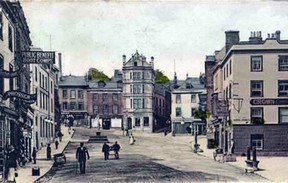 We next catch up with the Pike family on the night of April 2nd 1871, when the census clerk came knocking on the door of 131 Broad Street, Frome.
We next catch up with the Pike family on the night of April 2nd 1871, when the census clerk came knocking on the door of 131 Broad Street, Frome.
Things are much better now. For a start, Elisha isn't in prison and none of the family are in the workhouse.
Elisha is working as a wheelwright, which must be paying well. They are occupying a whole house, unlike many of their time, who rented just one or two rooms in which to raise their entire family.
His income is supplemented by the fact that two of their children are now working too. Charles, who is now a strapping seventeen year old, is out in the fields as an agricultural laborer. His sister, Emily Jane, has also left school. She's found work as a wool picker.
There's some discrepancy here in both of their ages. Ten years previously, they were 6 and 3 respectively. They're now 17 and 15. Either Eliza is no good at remembering numbers, or she found some reason to lie to either the census clerk in 1861 or his successor in 1871.
Double-checking with birth registers, we find that the 'error' was in the previous census. Herein lies those little hidden gems, which give insight into the mentality and intelligence of those long dead ancestors.
Eliza Pike lied about her eldest children's ages in 1861, but she was in the workhouse at the time. There was method here. Children under the age of two were automatically left with their mothers. She didn't have to worry about Alice and Sarah Ann, because they were so young. Hence their ages scale correctly in this census.
Children under the age of seven could only remain with their mothers by the grace of the warden. Emily Jane was five, which placed her smack in the middle of this two to seven years age range. Her mother knocked a couple of years off her daughter's age, possibly to sway his decision.
Charles was seven. There is no way he shouldn't have been separated into a ward for boys aged 7-14. They would have received some schooling, but they would also have been worked hard in actual labor. In some cases, children were sold as indentured workers to large factories or farms. If that occurred, then their parents could not recover them, even if their own circumstances changed.
By telling the warden that Charles was only six, Eliza bought time. She knew that Elisha would be out of prison in four months and that would possibly signal her own release from the workhouse. She just had to keep her family together long enough for that to happen.
This is all pure conjecture, but a little knowledge of the Victorian workhouse and its rules, linked with census information, suddenly shows us the caliber of Eliza Pike's mind. It worked too! Because she did get to take all of her children home again, as the 1871 census proves.
The data also prompts us to assume that Elisha was forgiven for the whole larceny incident. Two more children have been born to the couple during the past ten years. Fanny Maria is six years old and her toddler brother, Walter, is just one.


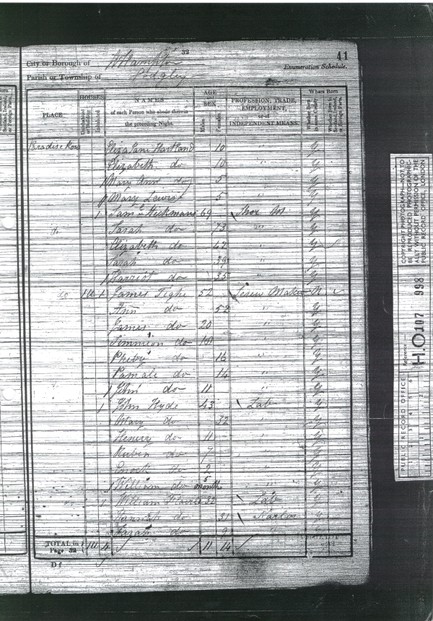
 Every census serves as a snapshot of the country at that moment in time. For the government which orders it, the data is mostly important as general statistics.
Every census serves as a snapshot of the country at that moment in time. For the government which orders it, the data is mostly important as general statistics.


 While officials and academics are worrying about the overall picture, genealogists want a glimpse right into the living rooms of our ancestor's homes.
While officials and academics are worrying about the overall picture, genealogists want a glimpse right into the living rooms of our ancestor's homes. 


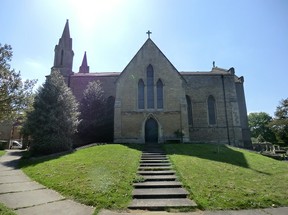

 The couple have been together for nearly eight and a half years, but things have obviously gone wrong. The first indication is the address. Eliza Pike is in the Union Workhouse and Elisha has disappeared.
The couple have been together for nearly eight and a half years, but things have obviously gone wrong. The first indication is the address. Eliza Pike is in the Union Workhouse and Elisha has disappeared.
 We next catch up with the Pike family on the night of April 2nd 1871, when the census clerk came knocking on the door of 131 Broad Street, Frome.
We next catch up with the Pike family on the night of April 2nd 1871, when the census clerk came knocking on the door of 131 Broad Street, Frome.
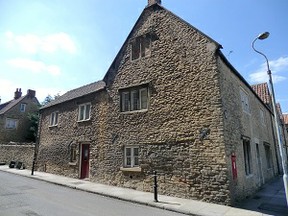 It's now April 3rd 1881. The Pike family have moved house during the past decade. They're now much further up the hill, living at 21 The Mint, in Frome.
It's now April 3rd 1881. The Pike family have moved house during the past decade. They're now much further up the hill, living at 21 The Mint, in Frome.



 Whenever any authority figure attempts to collect personal information, there will be omissions. Last year, in Britain, over 7 million people burned their census form rather than hand it in. It was in protest at the collection contract for it being awarded to a mass arms dealer. They preferred to incur the £1000 fine for not completing it.
Whenever any authority figure attempts to collect personal information, there will be omissions. Last year, in Britain, over 7 million people burned their census form rather than hand it in. It was in protest at the collection contract for it being awarded to a mass arms dealer. They preferred to incur the £1000 fine for not completing it.






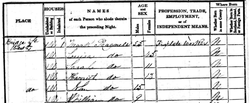

 St Tydecho's Churches in West Waleson 09/03/2014
St Tydecho's Churches in West Waleson 09/03/2014
 Goodies for an Outlander Premiere Partyon 03/06/2015
Goodies for an Outlander Premiere Partyon 03/06/2015
 Holocaust Memorial Day Interview with Rainer Höss, Grandson of Rudolf Architect of Auschwitzon 01/24/2015
Holocaust Memorial Day Interview with Rainer Höss, Grandson of Rudolf Architect of Auschwitzon 01/24/2015
 Romantic Valentine Gifts for an Outlander Fanon 01/16/2015
Romantic Valentine Gifts for an Outlander Fanon 01/16/2015

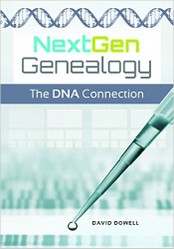
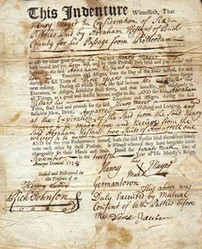
Comments
On behalf of genealogists everywhere, I say, 'Yes! You should!'
Thank you for reading and commenting.
I'll bear all this information in mind when the next one comes around!
Hi Ember - Yes, they come out every ten years in the USA as well.
For orphans, there's a bit of a head-start, insofar as they are likely to have retained both their birth name and birth certificate. It's going to be slightly harder, but not impossible, to get back 100 years.
For adopted people, who didn't keep their birth details, then there are more steps to take. I can only speak for Britain here, but at 18 years old, an adopted person can apply to receive their original birth certificate and access to any related court documents. These are kept for 75-100 years, depending up on the authority.
However, that's only the case for people born after 1975. Before that, it might still be so, but it's more hit and miss. This is because there were a wide range of societies arranging adoptions, which each had their own internal policies.
I filled out my first census a year or two ago (so I assume since they happen every ten years, that my parents filled out a couple for me already.)
Anyways, today while I was at work I was thinking about your articles on genealogy and I was wondering about someone who was orphaned, or essentially raised in various homes being shuffled about in the foster care system. I know for the most part the majority of those cases would still likely have their actual last name, even if they didn't know where they were born or their parents names. I know each would be different and unique, especially with available information, in those circumstances but would those cases be extremely different in working out genealogy from what you've been outlining here and in your other articles?